Date:Jun 28, 2022
State Key Laboratory of Coastal and Offshore Engineering
Research direction 1
Metocean Conditions and Flow-structure Interactions
Researchobjectives of this direction are to (1) improve the current methodologies for predicting metocean conditions (winds, currents, surface waves and internal waves) that can be directly used in engineering designs, (2) explore fundamental physics behind complex flow-structure interaction problems, (3) develop predictive methods for dynamic responses of coastal and offshore structures under various environmental loadings and (4) tackle new technological challenges arising from and provide technical supports to the research activies in other four research directions.
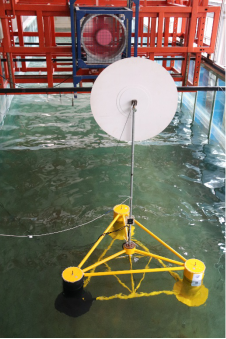
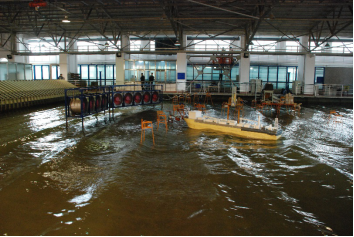
1. Metocean conditions and its action on a moored ship in deep water
2. Experiment on the performance of a floating wind turbine in metocean conditions
Research direction 2
Estuary andCoast Managements
Theresearchobjectives in this direction are to (1) investigate the responses of coastal ecosystems and ocean environments to the fresh water, sediment and pollutant discharges from land and rivers and develop corresponding integrated predictive models for the responses, (2) develop management strategies and tools for eco-friendly estuary and coastal environments, (3) develop management plans and countermeasure technologies for coastline protections against increasing human activities and rising sea levels due to climate changes and (4) explore the impact of climate change on mechanical properties of ice in polar regions.

Land-sea eco-environmental management system
(modified from)

Xuelong-2’s first voyage to Antarctica
Research direction 3
KeyCoastal and Sea-crossingInfrastructures
The researchin this directionmainly concerns with design, construction and disaster Prevention and Mitigation Technologies oflarge-scale coastaland sea-crossingengineering infrastructures, such as port, nuclearpower generation facilities, infrastructure on remote island reefs,sea-crossing bridges and tunnels, and marine geotechnical engineering.
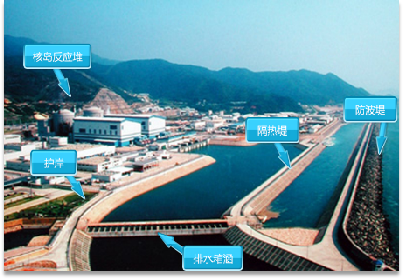
Earthquake engineering of nuclear power plant structures
Research Direction 4
Infrastructure Engineering for Marine Resource Extractions
The researchin this directionmainly focuses ondeveloping novel technologies for the design and safe operation of key infrastructure for energy and resource extractions from marine environments such as marine renewable energy, oil and gas, methane hydrates, aquaculture products and minerals from the seabed. The key infrastructures include fixed and floating platforms, renewable energy harvesting devices, subsea structures, pipelines and aquaculture facilities.
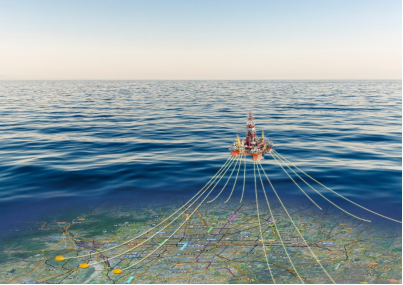
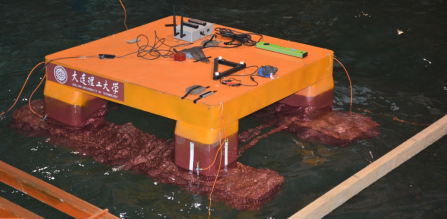
Semi-submersible platform (Newton-Scientific World, 2019: 12)
Research Direction 5
Asset Management Engineering
The research in this direction is mainly concerned with asset management of key coastal and offshore facilities. The main objective is to develop new health monitoring and life-cycle performance assessment technologies, artificial intelligence, operation and construction of smart green ports.
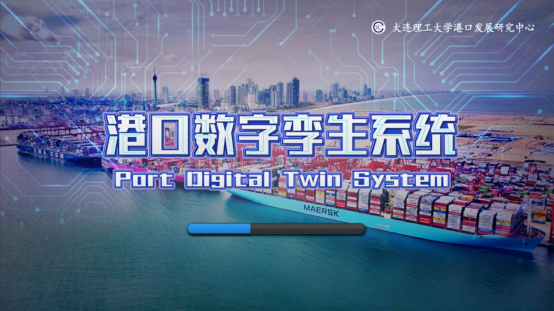
Port digital twin system
State Key Laboratory of Structural Analysis for Industrial Equipment
Research Fields
1) Theories and methods of computational mechanics and engineering science computation.
2) Modern theories and algorithms of structural optimization.
3) Development and application of research on large-scale engineering computational software system.
4) Experiments, analyses and assessments of major projects and industrial structures and equipment under complex circumstances.

High-resolution topology optimization result obtained by the MMC approach (the result can be directly imported to the CAD system)



High-performance mesh generation for complex numerical simulation problems
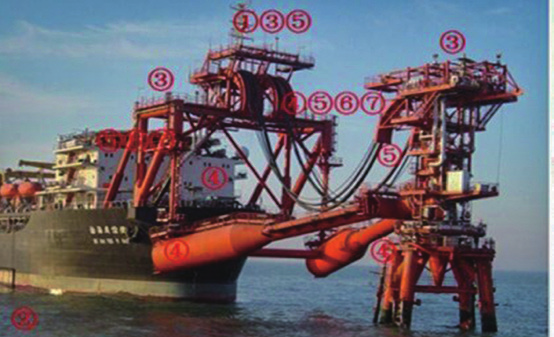
Prototype monitoring systems of FPSO
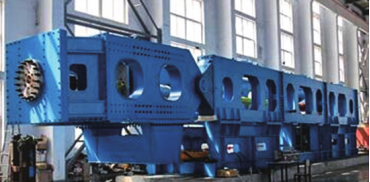
Offshore flexible riser and umbilical structures and their dynamic fatigue experimental device
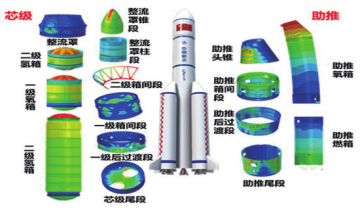
Strength analysis and lightweight design of CZ-5 launch vehicle
State Key Laboratory of Fine Chemicals, Dalian University of Technology
The State Key Laboratory of Fine Chemicals, located in Dalian University of Technology, was founded by the Chinese government in 1989. In 2009 and 2014, the laboratory has been evaluated by the third party external experts organized by the Ministry of Science and Technology of the People's Republic of China and ranked in the highest category A (Grade ‘A’ Laboratory: the top State Key Laboratories among others) in the fields of chemistry and chemical engineering. The current chairman of the scientific committee is Prof. Chen-Hu Tong, member of the Chinese Academy of Sciences and the director is Prof. Xiao-Jun Peng, member of the Chinese Academy of Sciences.
1. Research Fields
The major research focuses of the key laboratory cover 3 areas with the profiles of both fundamental and applied aspects:
i). Dye and its photochemistry.
The research focuses on the energy release regulation of dye excited states and the innovation of molecular structures in the fields of fluorescent dye probe, digital ink-jet dye, dye-sensitized solar cell, artificial photosynthesis, photoelectric material, ecological textile dye, etc. The intrinsic relationship between dye molecular structure and performance is addressed in order to realize the enhancement of dye molecular functions.
ii). New fine chemical materials.
The research focuses on the development of special functional materials such as fine polymers. The fine chemicals for high tech industry such as high stereoregular carbon dioxide copolymer, temperature-resistant phthalazinone-containing poly(aryl ether nitrile sulfone) resins, high-performance special damping rubber and carbon materials are investigated based on molecular design, crystallization performance control and mesoscopic structure innovation.
iii). Green chemistry technology.
The research focuses on clean preparation of fine chemicals and energy saving via molecular activation engineering and interface engineering. The selective catalytic synthesis, efficient separation and purification, cascade utilization of energy and process coupling of complex molecules under mild conditions are investigated by By mimicking the enzyme active center and the enzymatic microenvironment.
2. Representative Research Works
The Laboratory focuses on both science and engineering, with aim to enhance the technical innovation for industry and economy.

i). The laboratory is the cradle of the dye industry in China. The digital printing dyes have over 20% market share of the world's ink cartridges; medical diagnostic dyes are widely used in hematology analyzer and exported to more than 90 countries; researches on photocatalytic water splitting and eco-textile dyes have an international leading level. Awarded several National Prizes: Natural Science, Technical Invention, Scientific & Technological Progress, and International Cooperation Award. At present, it is conquering urgent-techniques including flexible color display, and gene sequencing dyes, etc.

ii). Researches of key materials target major demands for industry. The high performance resins have been independently developed, and used in electric industry, petrochemical, mechanical structure, aerospace and other fields, awarded two National Prizes for Technology Inventions. At present, new materials for high-capacity lithium-sulfur battery electrodes are being overcomed.
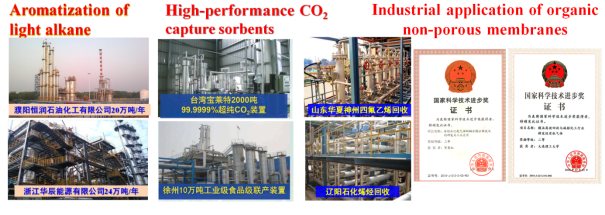
iii). Large-scale application of cleaning processes and key technologies. The coal synthesis gas purification technology accounts for more than 90% of the national industrialization; more than 30 sets of (>10,000T/a) low-carbon alkyl aromatization technology have been used in industry; membrane technology has made an important contribution for petroleum tail gas recovery and reduction pollution. Awarded three National Prizes for Scientific and Technological Progress.
State Key Laboratory of High-Performance Precision Manufacturing
Research Fields
1) Precision Manufacturing of Composite Components
2) Precision Machining of Complex Curved Surface Parts
3) Machining of Ultra-high-precision Parts
4) Integrated Manufacturing of High Performance Equipment

Infinitesimal Removal and Reverse Shearing

Gear-grinding Machine
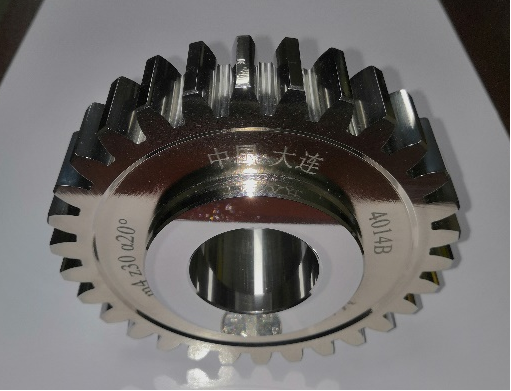
ProtoPrecision Gear (Class 1)

Principle framework of integrated manufacturing of parts, materials, structures and properties